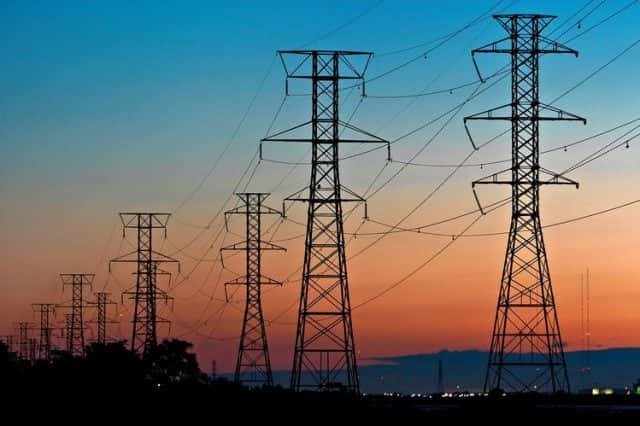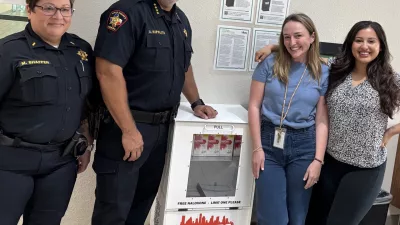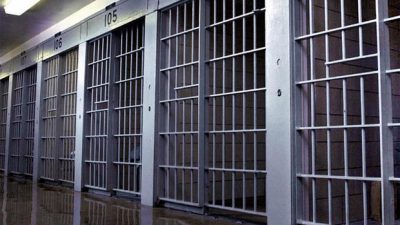Austin Energy is working to incorporate the results of two independent studies focused on its 5,000 miles of overhead electrical distribution lines into a comprehensive reliability plan. On Tuesday, Austin Energy briefed Austin City Council on the results of the first of these studies.
Along with a study to gauge the feasibility and cost of burying overhead power lines, Austin Energy also has also been conducting a second study focused on “hardening” existing overhead lines in areas especially vulnerable to outages and wildfires, which is expected to conclude in May.
Undergrounding feasibility results
1898 & Co. recommended that due to the cost, environmental concerns and community impacts, Austin Energy should analyze projects to see where strategic undergrounding makes sense or where an overhead alternative may be more appropriate rather than undertaking a large-scale effort to convert existing overhead lines to underground. The consultant further recommended that Austin Energy include the study results and data in a larger strategy for reliability and resilience.
The study noted a variety of challenges to undergrounding work including environmentally sensitive or protected areas, limited space within underground easements, acquiring permits, telecommunication line relocation, rocky soils and traffic disruption. 1898 & Co. concluded roughly 120 miles of Austin Energy’s lines may have benefits that exceed the costs of undergrounding power lines, but other resiliency solutions could be more effective and less costly than undergrounding.
The undergrounding feasibility study estimated that placing all of Austin Energy’s overhead lines underground would cost $50 billion and require decades of work. For perspective, Austin Energy’s entire Fiscal Year 2025 budget is approximately $2 billion.
Austin Energy’s current and ongoing reliability initiatives
Keeping the energy flowing for our community is Austin Energy’s focus every day. The two distribution system studies will bolster these ongoing reliability initiatives:
- Supporting underground service design for new development.
- Wildfire mitigation by vegetation management efforts and Pano AI wildfire detection system.
- “Hardening” infrastructure to make electronic components and circuits resistant to damage or malfunction.
- Adding “smart” equipment to reduce outage durations.
“While all these efforts have historically been separate initiatives, we now see the need to bring these together with lessons learned together into one Comprehensive Distribution Resiliency Plan later this year,” said Bob Kahn, Austin Energy General Manager. “This long-range, ongoing plan will outline Austin Energy’s strategies to make our grid more reliable and resilient for decades to come.”





